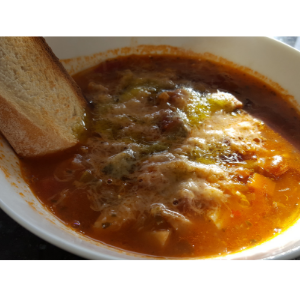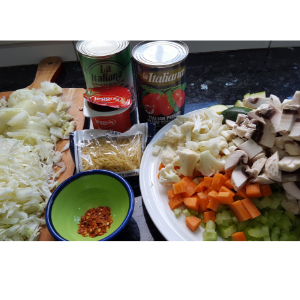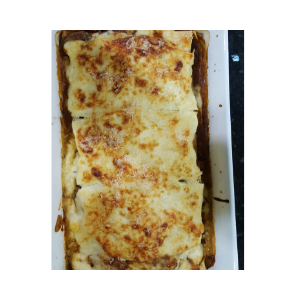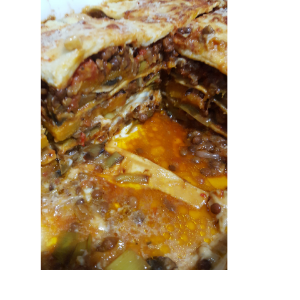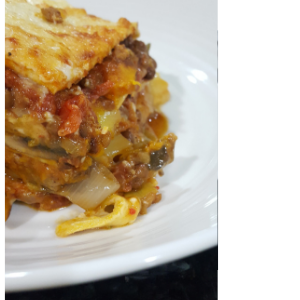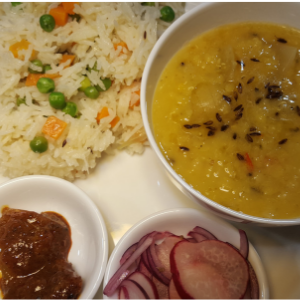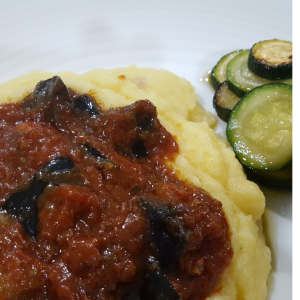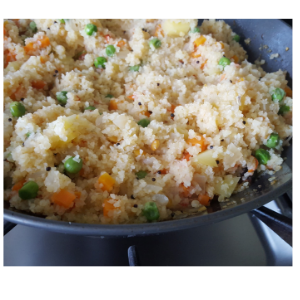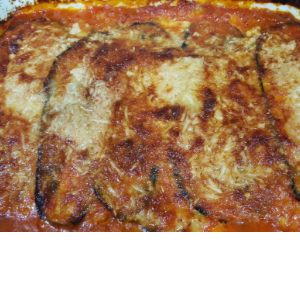
Did you know that this classic Italian dish has its origins in Campania, Sicily? People tend to associate Parmigiana to Parma in the north but now you know. There are several variations and you can do it with breaded meat but in our household we prefer the vegetarian version with eggplants. The process is long but I assure there is nothing technical or hard and the end result is very tasty. Remember good things take time!
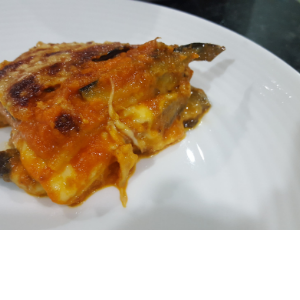
3 large eggplants
Plain flour for dusting
100 ml of extra virgin olive oil
2 cups salsa di pomodori (recipe below)
150 grams Mozzarella cheese grated or sliced thin
50 grams of Parmigiano Reggiano
Salt
METHOD
Slice the eggplant lengthways into 1 centimetre slices. You will have about 7 or 8 slices from each eggplant. Don’t make them too thin as they will disintegrate when you fry. Sprinkle each layer liberally with salt, as you place in a colander in a sink and leave for about 2 hours.
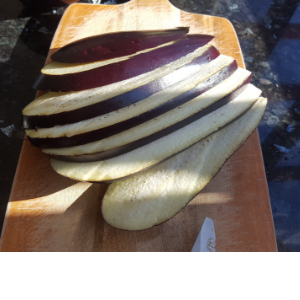
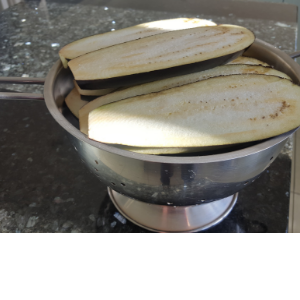
Preheat oven to 180oC while you prepare the salsa di pomodori and the eggplant.
Pat dry with kitchen towel, dust lightly with flour. Heat a couple of tablespoons of oil in a wide fry pan. Add the eggplant slices and fry briskly until browned on both sides. Do not crowd the pan. Remove and drain on kitchen paper. Repeat with the remaining oil and eggplant slices.
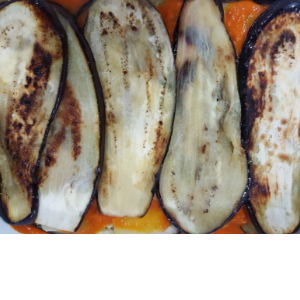
Use a lasagne dish, with alternate layers of salsa di pomodori, eggplant and Mozzarella cheese. Finish the last layer with Parmigiano Reggiano.
Bake in preheated oven for 30 to 40 minutes until golden. Serve hot as a main for four with crisp Cos lettuce salad or as a side dish to accompany meat for eight people.
SALSA di POMODORI
500 grams of tinned plum tomatoes
1 onion finely chopped
2 tablespoons extra virgin olive oil
3 cloves of plump garlic finely chopped
1 carrot diced
1 tablespoon tomato paste
1 teaspoon sugar
½ to 1 teaspoon chilli flakes
Salt and pepper
2 – 3 sprigs of fresh basil
METHOD
Heat a saucepan and when hot enough add the olive oil, followed by the onion. Once onion is softened, add the garlic, chilli flakes, sugar, tomatoes, carrot and tomato paste. Salt to taste and grind plenty of black pepper. Stir with a wooden spoon to break up the tomatoes. Add half cup water and bring to the boil. Partially cover and let simmer for 15 -20 minutes. Remove from heat, blitz to form sauce. Stir in basil if using.


